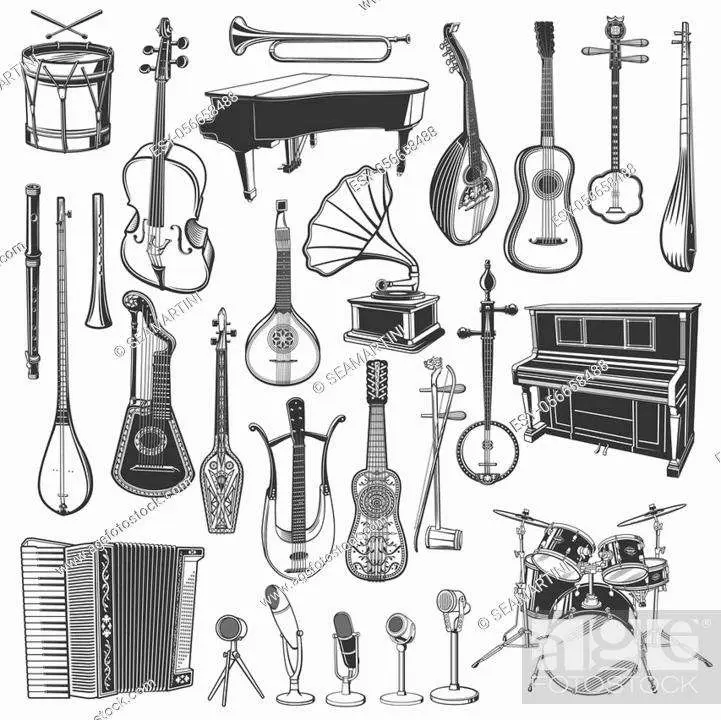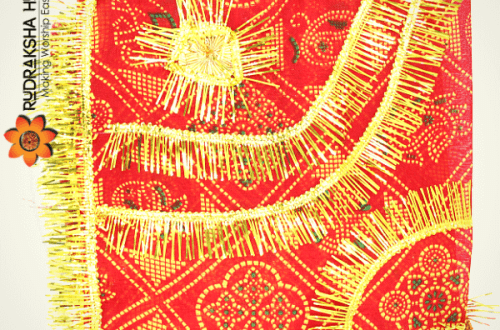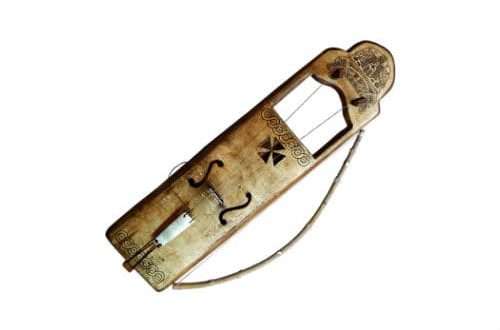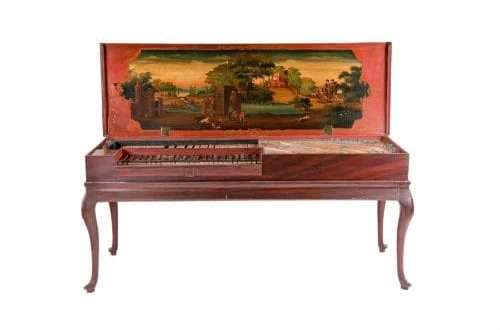
Cistra: description of the instrument, composition, use in music
Cistra is an ancient musical instrument with metal strings, considered the direct ancestor of the guitar. It is similar in shape to a modern mandolin and has 5 to 12 paired strings. The distance on its fretboard between adjacent frets is always a semitone.
Cistra was widely used in the countries of Western Europe: Italy, France, England. This plucked instrument was especially popular on the streets of medieval cities of the 16th-18th centuries. Today it can still be found in Spain.
The body of the cistern resembles a “drop”. Initially, it was made from a single piece of wood, but later the craftsmen noticed that it becomes easier and more convenient to use if it is made from several separate elements. There were cisterns of different sizes and sounds – tenor, bass and others.
This is a lute-type instrument, but unlike the lute, it is cheaper, smaller and easier to learn, so it was more often used not by professional musicians, but by amateurs. Its strings were picked with a plectrum or fingers, and the sound was “lighter” than that of the lute, which had a bright “juicy” timbre, more suitable for playing serious music.
For the cistra, not full-fledged scores were written, but tablature. The first collection of pieces for cistra known to us was compiled by Paolo Virchi around the end of the 16th century. They were distinguished by rich polyphony and virtuoso melodic moves.





